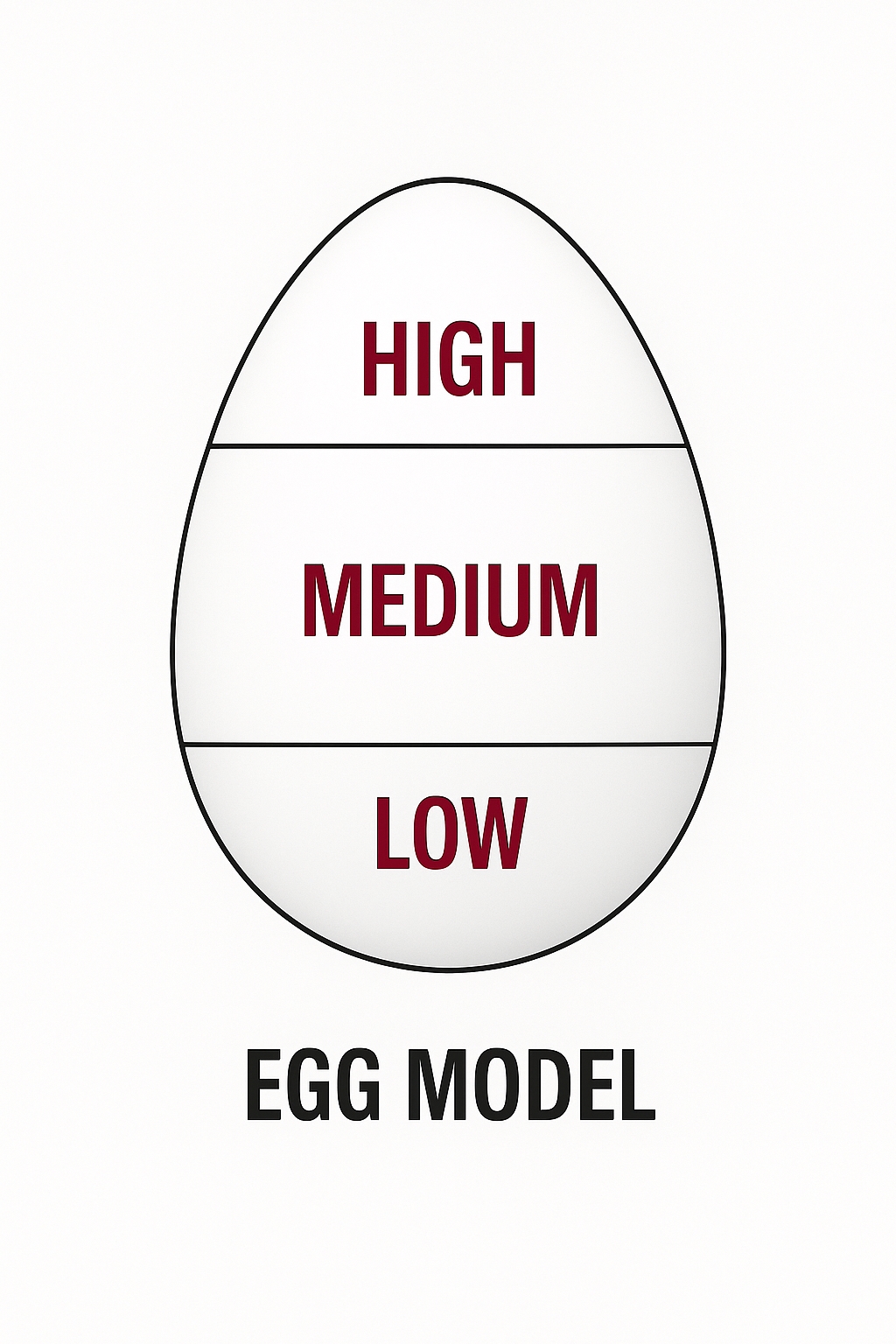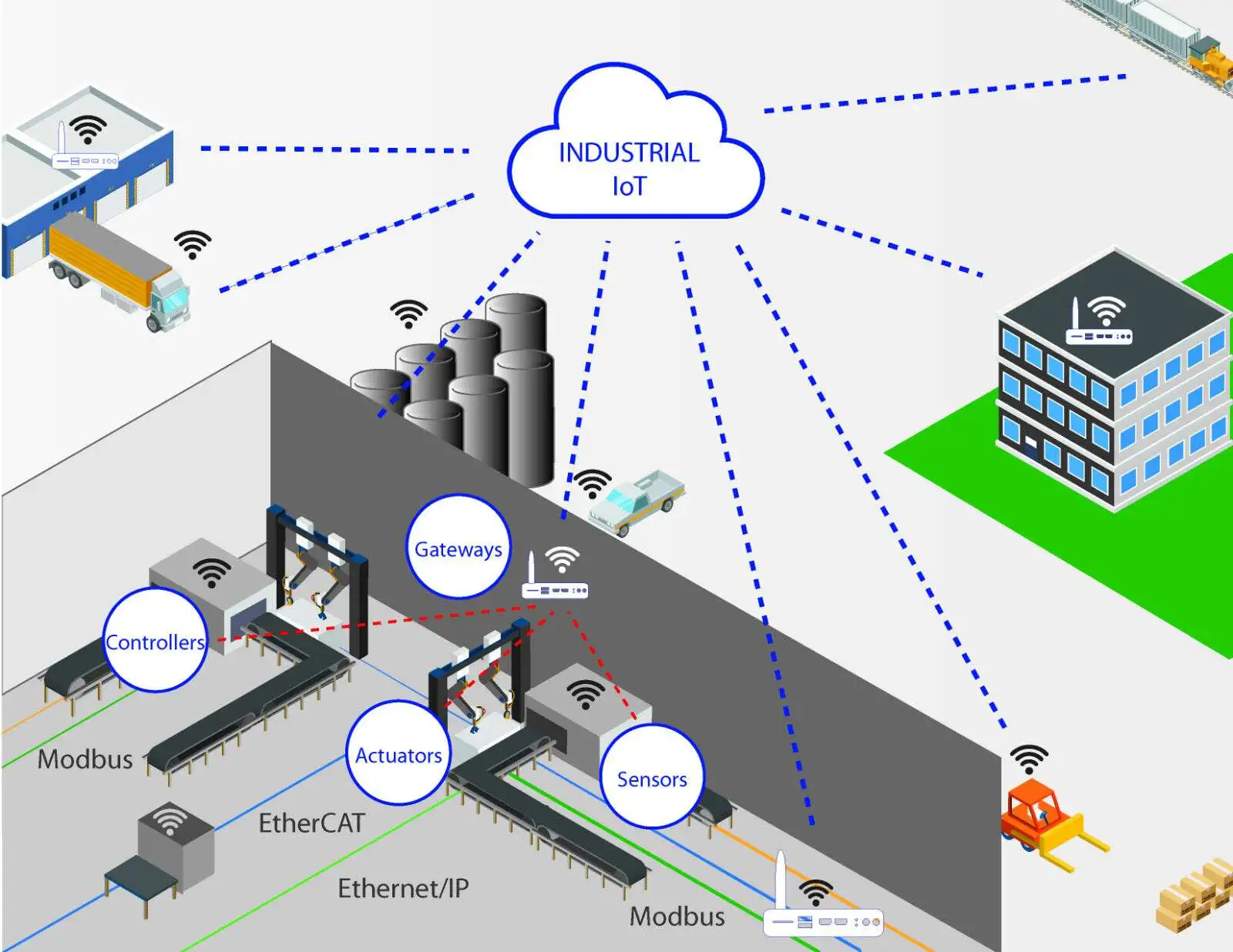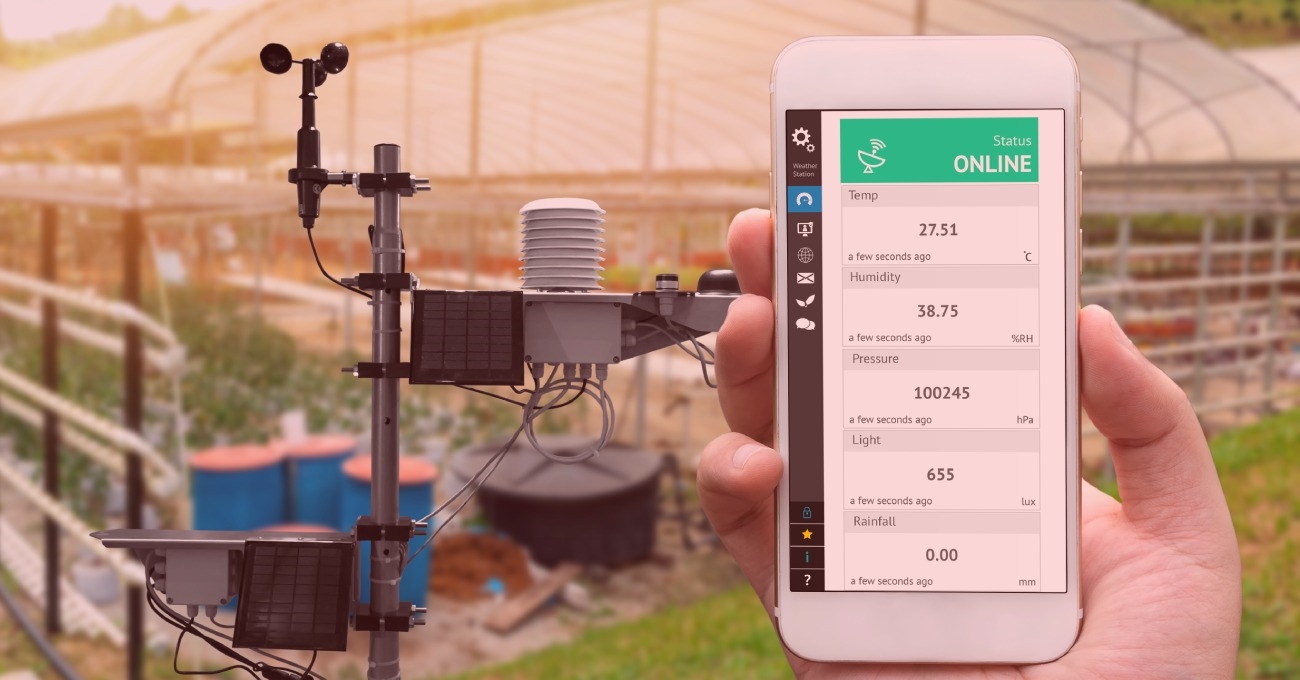MQTT is a lightweight messaging protocol designed for efficient communication in IoT applications, particularly for low-power devices with limited bandwidth.
What Is MQTT?
MQTT operates over TCP/IP using a bidirectional publish-subscribe model, ensuring reliable, lossless message delivery. It is optimized for low bandwidth and minimal CPU usage, making it ideal for embedded systems. Clients connect to a broker, identified by unique IDs, and can act as publishers, subscribers, or both, communicating through specific topics.
MQTT Use Cases
MQTT is widely used in IoT to connect low-power devices like sensors, actuators, and appliances. In agriculture, it monitors soil moisture, temperature, and humidity. In industrial automation, it oversees end-to-end manufacturing processes for quality control. In transportation, it tracks traffic signals, parking meters, and public transit locations, prioritizing ecosystem integration and low bandwidth.
MQTT vs. HTTP
HTTP is a request-response protocol designed for large data transfers, such as webpages, images, and videos. In contrast, MQTT¡¯s publish-subscribe model supports asynchronous messaging, allowing multiple clients to subscribe to a topic and receive updates from publishers. MQTT is optimized for small data payloads, reducing network overhead and power consumption, making it suitable for low-bandwidth, low-power applications.
How MQTT Works
MQTT Clients
An MQTT client is any endpoint implementing the protocol, such as IoT sensors, displays, Arduino boards, smartphones, or laptops. Clients do not communicate directly but interact through an MQTT broker, which routes messages.
MQTT Topics
Communication in MQTT revolves around topics¡ªstrings that group messages by shared interests. Clients publish messages to topics or subscribe to receive updates, such as sensor data or chat messages, depending on the application.
MQTT Brokers
The broker manages subscriptions, receives published messages, and forwards them to subscribed clients. It caches messages during connection losses and delivers them upon reconnection. Brokers, available as open-source or proprietary solutions, are critical for scaling MQTT deployments, with options for cloud-hosted or self-hosted setups.
MQTT Protocol Features
- Simplicity: MQTT is easy to implement with robust open-source and proprietary solutions, suitable for projects of any scale.
- Reliability: Quality of Service (QoS) levels ensure message delivery, caching messages for intermittent connections.
- Client Simplicity: Clients publish or subscribe to topics without managing connections or recipient status.
- Scalability: MQTT supports deployments from small startups to global enterprises.
MQTT Session Lifecycle
- Connection: Clients connect to brokers via standard MQTT ports (1883 for unsecured, 8883 for secured).
- Authentication: TLS secures connections, sufficient for most use cases.
- Publish/Subscribe: Clients send or receive messages via topics.
- Disconnect: Either client or broker can terminate the session after processing ongoing requests.
MQTT Quality of Service (QoS)
- QoS 0: Messages are sent once without confirmation, known as ¡°fire and forget.¡±
- QoS 1: A handshake ensures messages are received exactly once.
- QoS 2: Messages are retransmitted until confirmed, suitable for time-sensitive data but may cause duplicates.
MQTT in IoT Applications
MQTT¡¯s lightweight design suits battery-powered IoT devices, where maintenance costs and data overhead are critical. Applications include fire detection, theft tracking, location monitoring, and engine status checks. Its low data overhead makes it ideal for large-scale sensor deployments in costly or remote environments.
 ALLPCB
ALLPCB







